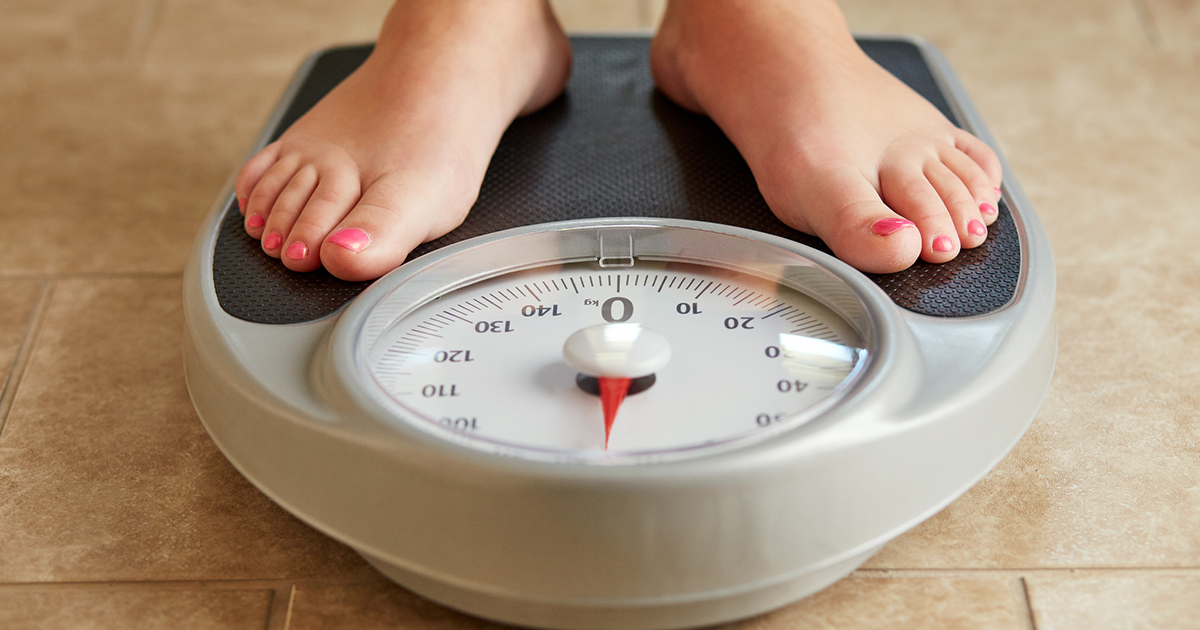How To Treat Hypervolemia
Tracking Fluid Intake

Assessing and monitoring your hydration and fluid balance status is also a key component of treatment for hypervolemia. Though sodium is a crucial molecule for blood health, the ratio must be fairly consistent and cannot vary much before problems begin to arise.
Fluids are typically gained through drinking and are lost through sweating and urination. Excessive fluid volume in the body occurs when too much fluid is retained instead of being excreted. If you've been diagnosed with hypervolemia, clinical staff will regularly run tests to monitor your electrolyte balance. However, watching yourself and tracking fluid intake in your daily life is also crucial for treating the condition. Be aware of bloating and swelling, and be sure to always stay properly hydrated.
Monitor Your Weight

Rapid and unexplained weight gain is one of the more severe symptoms of hypervolemia. Though its manifestation will differ in each patient, as symptoms vary depending on where the excess fluid is collecting, weight gain in this condition goes beyond bloating and swelling. It can be detected on a scale and does not fluctuate dramatically throughout the day. Unlike bloating, which can have a rapid onset after consuming a heavily-salty meal or during premenstrual syndrome (PMS) for women, weight gain can be accurately monitored. Try to consume more magnesium in your diet by eating nuts, leafy greens, and beans to do this. Vitamin B6 can also assist in weight loss and maintenance and can be consumed through walnuts, bananas, and potatoes. As always, the value and impact of a healthy diet and proper hydration should not be overlooked.
